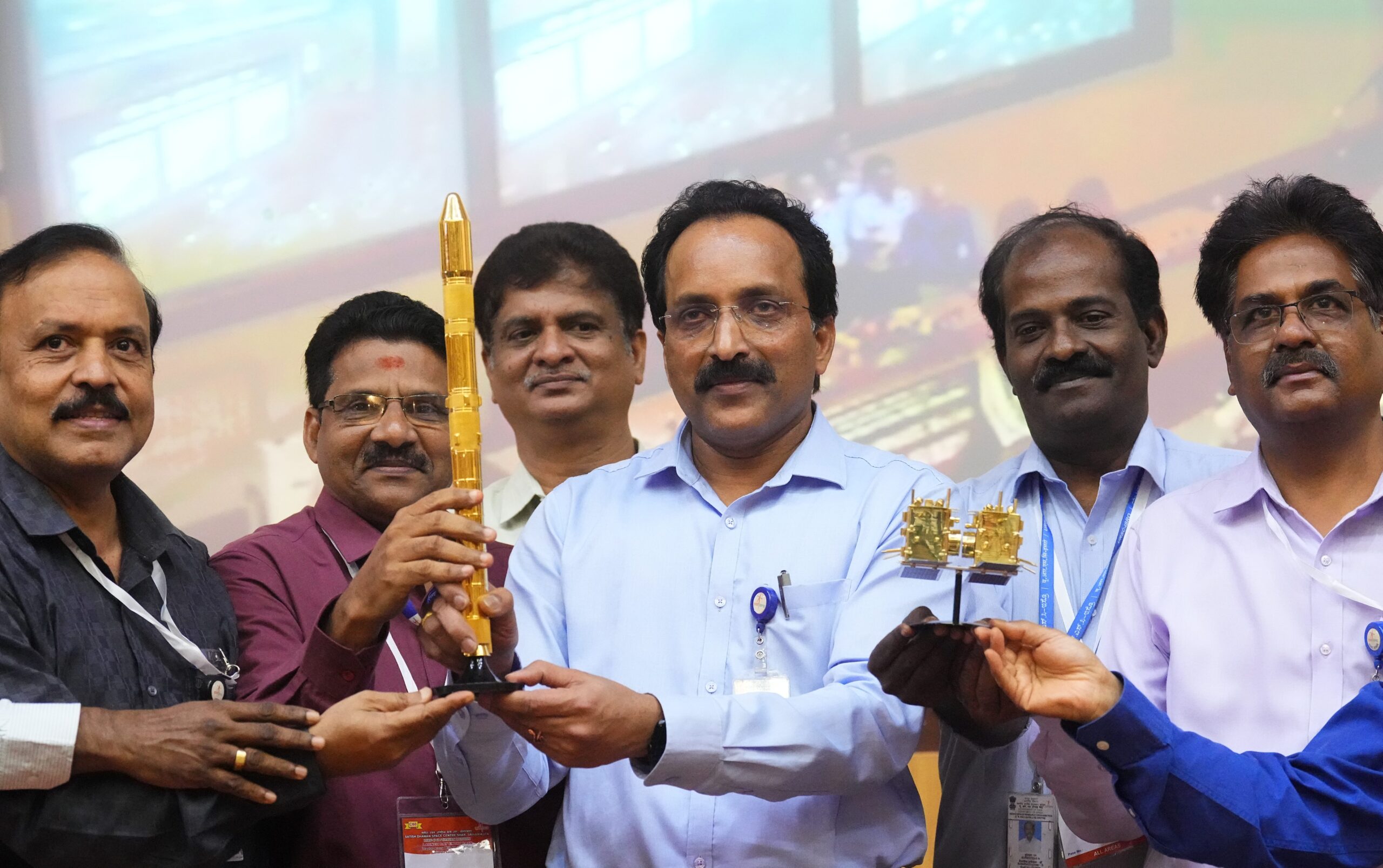- Wednesday, April 02, 2025
According to ISRO scientists, the two spacecraft would be merged later at an altitude of about 470 km. It is being dubbed as a prelude to ISRO setting up its own Space Station

By: India Weekly
TWO spacecraft that would aid ISRO in demonstrating space docking, a critical technology for future space missions got separated successfully and were placed into the desired orbit late on Monday, ISRO said.
“PSLV C60 mission accomplished as of SpaDeX spacecraft is considered,” said Mission director M Jayakumar.
ISRO chief S Somanath said the rocket has placed the satellites in the right orbit of 475 km circular orbit, after over 15 minutes of flight.
“The rocket has placed the spacecraft in the right orbit and the Spadex satellites have moved one behind the other, and over the period of time, it will pick up further distance, travel about 20 km away and then the rendezvous and docking process will start. And we hope that the docking process can happen in another one week,” he said in his address from the Mission Control Centre.
The crucial part of this mission is POEM-4 (which was currently on) with 24 payloads from startups, industries, academic institutions and also from ISRO centres, he said. These are scheduled to be fired late on Monday night.
Dubbed as a prelude to ISRO setting up its own Space Station by 2035, the PSLV-C60 mission would also make India join an elite club in achieving this feat which is expected to take place in the coming days.
The 44.5 metre tall rocket carried two spacecraft – Spacecraft A and B, each weighing 220kg which would help in space docking, satellite servicing and interplanetary missions.
After the culmination of the 25 hour countdown which commenced on Sunday, the rocket lifted-off at 10 pm from the First Launch Pad at this spaceport, emanating thick orange coloured fumes and thunderous sound at Sriharikota, located about 135 km east of Chennai.
According to ISRO scientists, the two spacecraft-Spacecraft A (SDX01) or the ‘Chaser’ and Spacecraft B (SDX02) or the ‘Target’ would be merged together later at an altitude of about 470 km after travelling at the same speed and distance.
By mastering the docking technologies, ISRO is set to enhance its operational flexibility and also expand its mission horizons.
This technology is essential for some of India’s space ambitions like Indian on Moon, getting samples from the Moon (Chandrayaan-4 mission), building and operation of the Bharatiya Antariksh Station.
The others to achieve this technological feat are China, Russia and the US. (PTI)